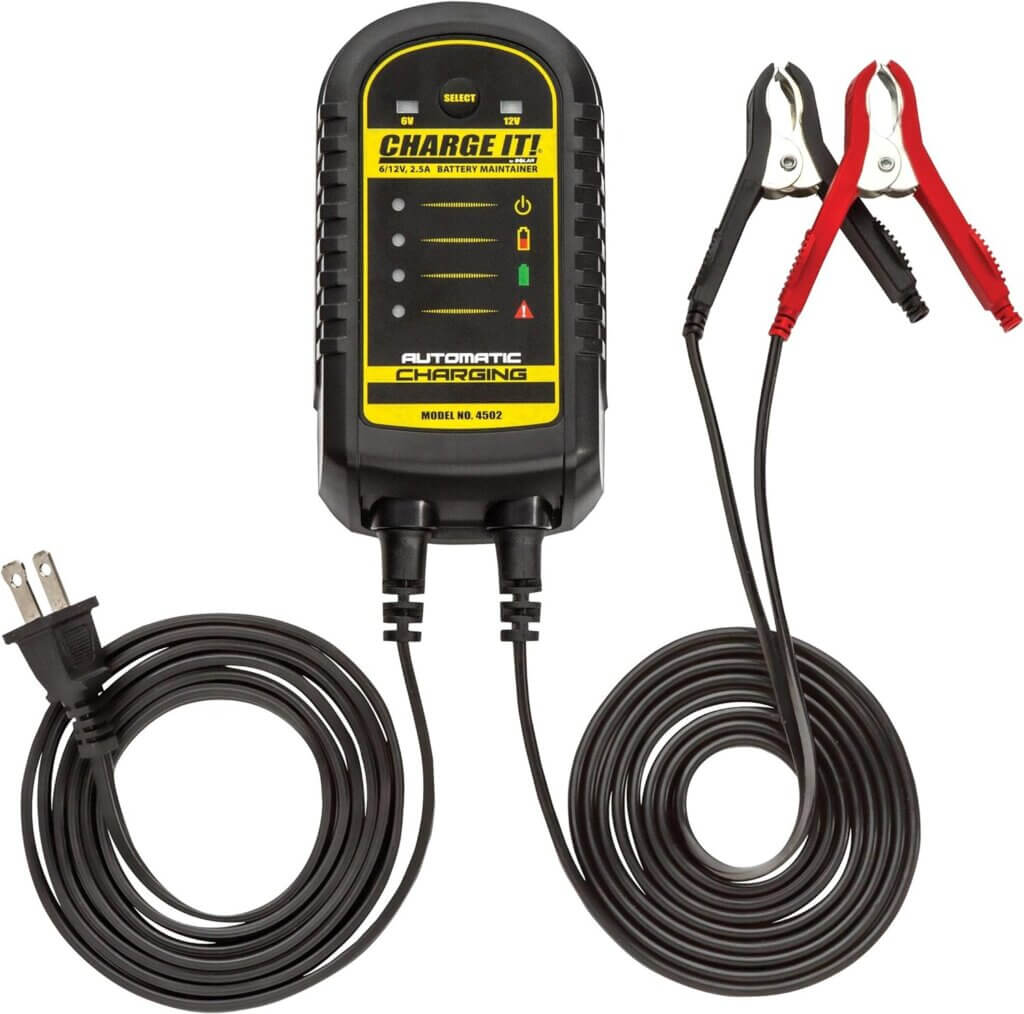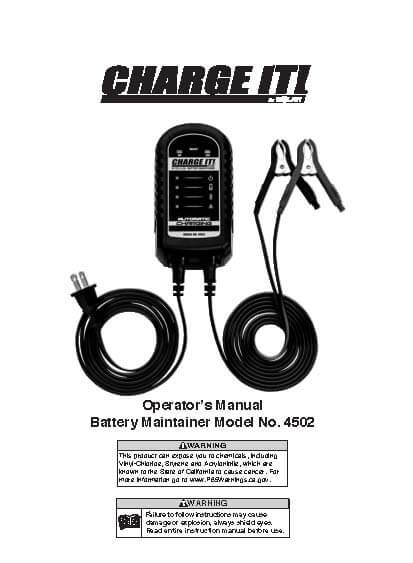How long can a car battery sit unused?
Your car will be dead if you let it sit unused for more than 4 weeks — even less if it’s an older battery
If we learned one thing during the pandemic, it’s that you can’t let your car battery sit unused for long periods and still expect it to start your car. Battery statistics show that battery replacement doubled during the pandemic and it was mostly caused by owners leaving their vehicles unused while they worked from home.
A newer car battery can be permanently damaged if left unused for 4 weeks, while an older battery can be damaged in as little as two weeks. To learn more about what causes an unused battery to die, let’s review how they work
Battery Fact #1 All Batteries Self-discharge
All batteries lose their charge while sitting unused. That applies to car batteries, your cell phone battery, AAA batteries for your flashlight, or the gel cell battery in your electric start lawn mower. How much the battery self-discharges depends on the type of chemistry used and the storage conditions.
For example, 95% of all car batteries use lead-acid chemistry (we’re talking about the starting batteries, not the hybrid battery, or the EV battery, or the few people who have installed a lithium starting battery). Standard starting, lighting, and ignition (SLI) flooded batteries can self-discharge at up to 1-2% per day in hot storage conditions; so up to 60% self-discharge per month in worst-case scenarios in very hot locations. However, a more temperate temperatures, the self-discharge rate drops to about .5-1% per day, causing a 15% -30% self-discharge per month. AGM and EFB batteries have a lower self-discharge rate compared to SLI batteries.
So your car battery loses between 30% – 60% of its charge after sitting unused for a month.
Battery Fact #2 — All modern cars draw a small amount of power from the battery 24/7
The computers in modern vehicles require a small amount of power to maintain their memory and keep certain systems running. Here are the most common culprits of full-time power draw
• Remote keyless entry systems are always awake and listening for a lock/unlock signal from your key fob.
• Anti-theft systems are always awake and use a small amount of power to detect theft attempts.
• The Engine Control Module uses power full-time to maintain adaptive memory
These systems use power even when the engine is off. Most carmakers limit the current draw to less than 50 milliamps. But 50 milliamps running 24/7 for weeks on end can discharge a car battery in good condition in about 30 days. If your car battery is old, it can discharge in as little as two weeks in moderate temperatures and faster in cold weather.
Battery Fact #3 Sulfation occurs in discharged batteries
During normal use all lead-acid batteries develop lead sulfate crystals. When the car is driven and the battery is recharged, the sulfate crystals break down and go back into the water/acid solution. However, if the battery is left in a discharged state for long periods, the crystals deposit on the negative plates and become harder. After depositing on the plates, they continue to grow and that reduces the amount of plater material available to produce power. The result is a drop in battery power and that drop grows the longer the car battery sits unused.
Sulfation formation can be reversed and the lead sulfate driven off the plates and dissolved if the battery is recharged early. This is known as reversible sulfation. If the battery is left unused, permanent sulfation sets in and the crystal formation can’t be reversed. For more information on how to reverse early sulfation, see this article.
Battery Fact #4 Battery age and condition play a part in how quickly sulfation occurs
Sulfation can occur more rapidly in an older battery due to plate degradation and water loss from the electrolyte. Prior deep discharging events like leaving your lights on can cause permanent plate damage. So if you let an old car battery sit unused, it will fail faster than a newer battery.
How to prevent car battery deep discharge and sulfation
It’s really simple; either drive it or hook it up to a battery maintainer to keep it fully charged. If you won’t be using your car for long periods, investing in a battery maintainer is your best bet. If you can’t plug it in, drive it at highway speeds for at least 30 minutes every 10 days. Idling will not keep your battery recharged and can actually drain your battery even more. See this post on why idling doesn’t recharge your car battery.
How to buy a battery maintainer
Purchase a battery maintainer that can work
with SLI, AGM, EFB and Gell Cell batteries. Make sure it has a recondition mode to help deal with any reversible sulfation that has occurred. My favorite is the Clore CHARGE IT! 4502 6/12 Volt 2.5 Amp Battery Maintainer. It’s reasonably priced and does a great job.
©, 2024 Rick Muscoplat
Posted on by Rick Muscoplat

